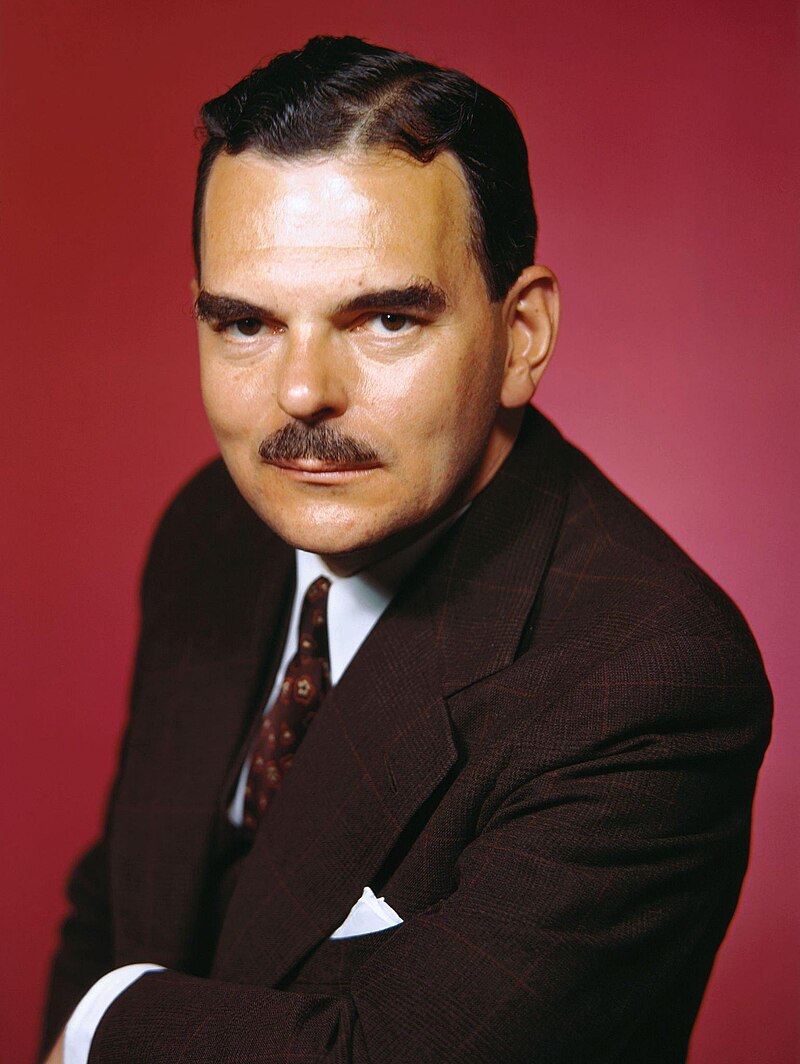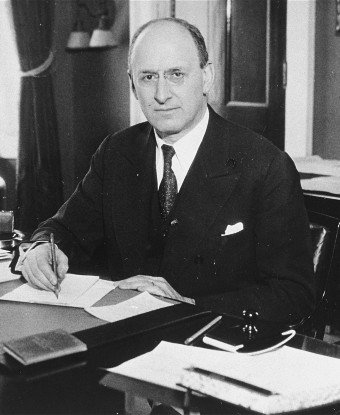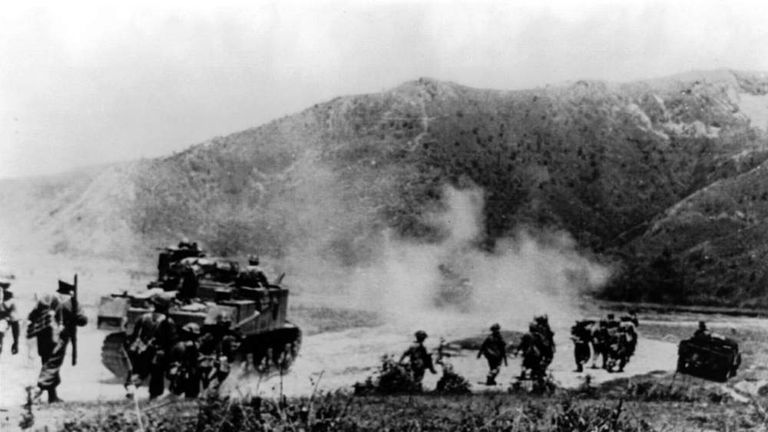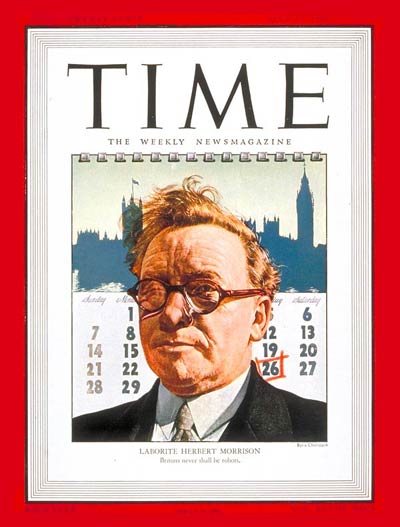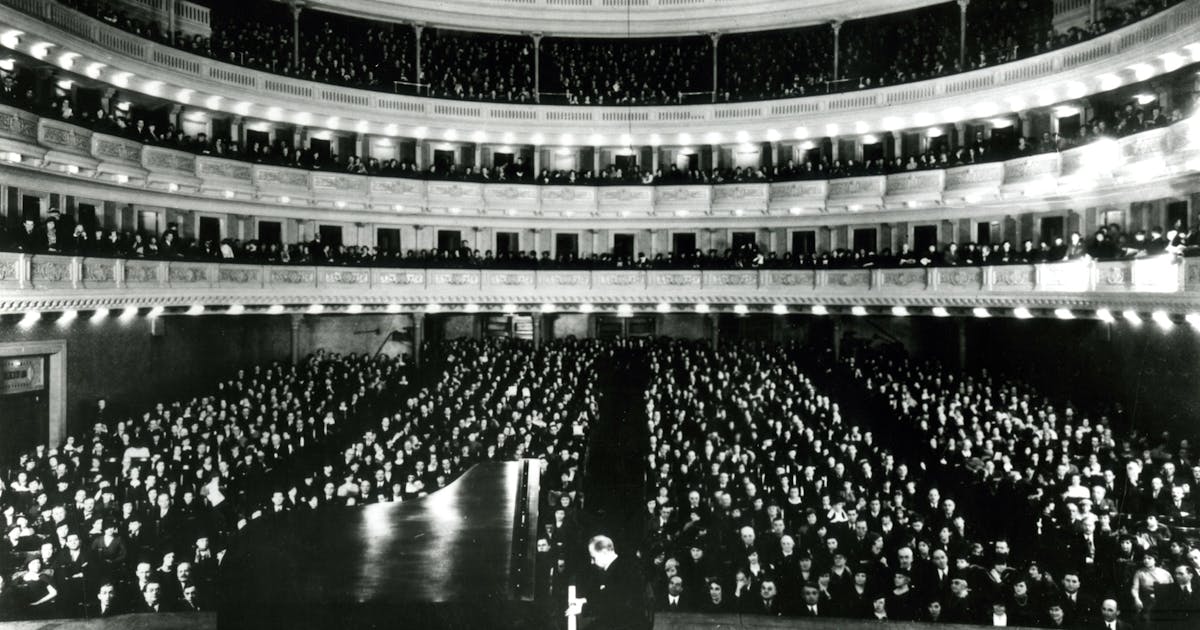A TL 191 Japan has the same problem as OTL Japan, a lack of oil. The USA can impose an embargo a la OTL and Germany can in effect do the same with its Ottoman client. "Europe needs Middle Eastern oil to run its economy so you will have to look elsewhere".
I double checked and the Japanese actually purchased the DEI from the Netherlands sometime after the Great War, so it gives them access to oil from Borneo in addition to whatevers there in the Philippines (won from the Spanish presumably in 1905).
Also were the Ottomans German clients? I thought they were mentioned to be their own power after the FGW in the books? But if Berlin is getting too pushy then perhaps an Ottoman-Japanese alliance could be in the card?

